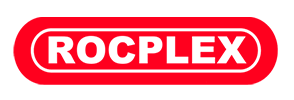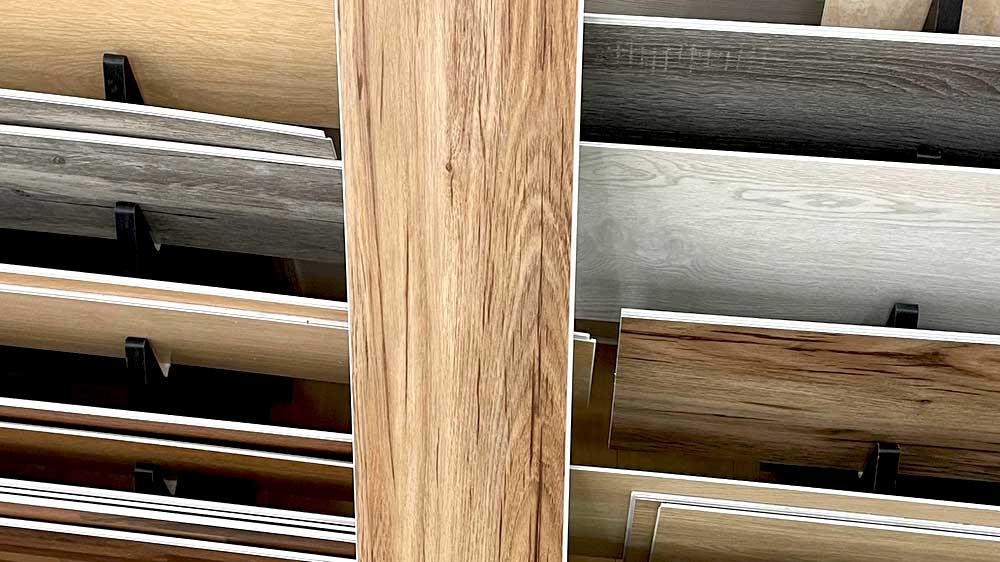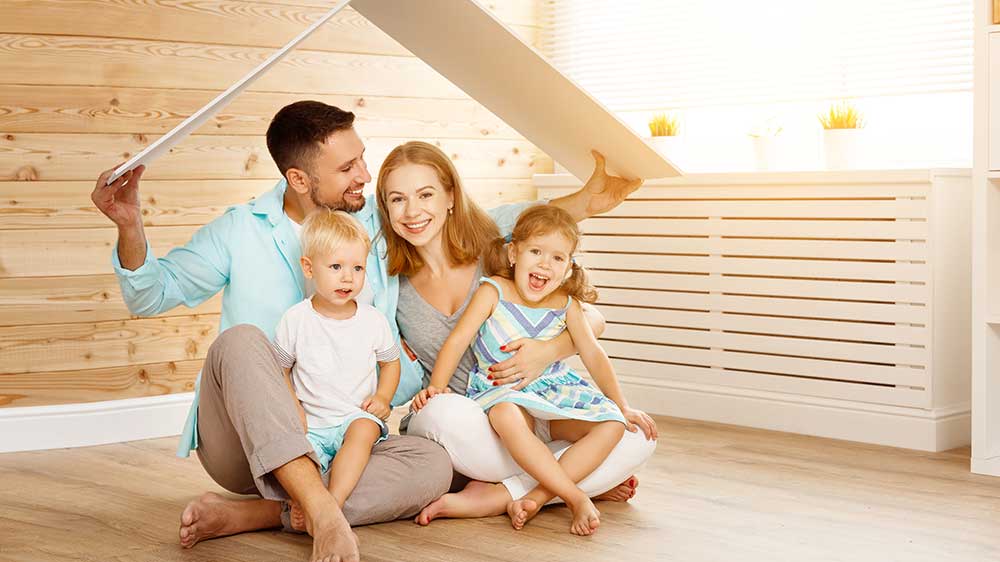What is Floor?
A floor is not just the surface you walk on; it’s the foundation of your home’s style and comfort. It sets the tone for your interior design and can dramatically transform the look and feel of your space. With advancements in flooring technology, homeowners have many options to choose from. These include LVP (Luxury Vinyl Plank) flooring, vinyl plank flooring, and luxury vinyl plank flooring. These modern solutions offer the perfect blend of beauty and durability. They are also easy to maintain. This makes them ideal choices for contemporary living spaces.
The Evolution of Flooring: From Traditional to Modern
The Journey from Hardwood to LVP:
Once upon a time, hardwood was the gold standard for home flooring. Its natural beauty and longevity made it a coveted choice. However, hardwood floors come with their challenges, including susceptibility to water damage and the need for regular maintenance. Enter LVP flooring, a game-changer in the flooring industry. LVP combines the elegance of hardwood with enhanced durability and water resistance, making it a popular choice for modern homes.
Vinyl Plank Flooring: The Versatile Choice:
Vinyl plank flooring has taken the market by storm. It offers a wide range of styles and colors to match any decor. Its versatility extends to its application. It can be used in various rooms, including kitchens and bathrooms. In these areas, moisture resistance is crucial.
Luxury Vinyl Plank Flooring: Elevating Aesthetics:
Luxury vinyl plank flooring takes the benefits of vinyl plank flooring up a notch. It provides a more realistic wood-look texture. The added comfort underfoot makes it luxurious yet practical. It is ideal for those seeking to elevate their home’s aesthetics. You don’t have to compromise on functionality.
The Benefits of Modern Flooring Solutions
Durability and Longevity:
LVP, vinyl plank, and luxury vinyl plank flooring are designed to withstand the test of time. They resist scratches, dents, and stains, making them ideal for high-traffic areas and households with pets or children.
Easy Maintenance:
Gone are the days of labor-intensive floor maintenance. These modern flooring options require minimal upkeep, with regular sweeping and occasional mopping sufficing to keep them looking pristine.
Water Resistance:
One of the most significant advantages of these flooring solutions is their resistance to water. This makes them suitable for use in areas prone to spills and moisture, such as kitchens and bathrooms.
Affordable Luxury:
Despite their premium appearance, LVP, vinyl plank, and luxury vinyl plank flooring are cost-effective alternatives to traditional hardwood. They offer the luxury look without the hefty price tag, making them accessible to a broader range of homeowners.
Eco-Friendly Options:
Many manufacturers are now producing environmentally friendly versions of these flooring types, using recycled materials and sustainable practices. This allows homeowners to make a stylish and responsible choice for their flooring needs.
The Aesthetic Appeal of Modern Flooring
Design Flexibility:
One of the most exciting aspects of LVP, vinyl plank, and luxury vinyl plank flooring is the vast array of design options available. Whether you’re aiming for a rustic wood look, a sleek contemporary style, or a classic stone appearance, there’s a product to match your vision. This versatility allows homeowners to achieve their desired aesthetic without compromising on the practical benefits of these flooring types.
Seamless Integration:
Modern flooring solutions are designed to seamlessly integrate with various interior design themes. LVP and luxury vinyl plank flooring, in particular, can mimic the appearance of natural materials so closely that it’s often challenging to distinguish them from the real thing. This allows for a cohesive look throughout the home, blending effortlessly with other design elements.
Color and Texture Variations:
The range of colors and textures available in these flooring options is vast. From warm, rich browns to cool, contemporary grays, there’s a shade to suit every palette. Textural variations add depth and character to the floors, enhancing the overall ambiance of the space.
The Practical Advantages of LVP and Vinyl Flooring
Sound Absorption:
Modern flooring solutions are not just about looks; they also offer functional benefits. LVP and vinyl plank flooring are known for their sound-absorbing properties, reducing noise levels and creating a more peaceful environment.
Comfort Underfoot:
The resilience of these materials provides a comfortable walking surface, which is especially appreciated in areas where you spend a lot of time on your feet, such as the kitchen.
Easy Installation:
The installation process for LVP, vinyl plank, and luxury vinyl plank flooring is straightforward, often involving a simple click-lock system that eliminates the need for adhesives. This ease of installation makes them a popular choice for DIY enthusiasts and professionals alike.
Compatibility with Underfloor Heating:
Another advantage of these flooring options is their compatibility with underfloor heating systems. They conduct heat efficiently, ensuring that your floors stay warm and cozy during the colder months.
The Sustainability of Modern Flooring
Eco-Friendly Manufacturing:
The flooring industry has made significant strides in sustainability, with many manufacturers prioritizing eco-friendly practices. This includes using recycled materials in the production of LVP and vinyl plank flooring, reducing the environmental impact of these products.
Longevity and Recyclability:
The durability of modern flooring solutions means they have a longer lifespan, reducing the need for frequent replacements and ultimately contributing to less waste. Additionally, some types of LVP and vinyl plank flooring are recyclable, further enhancing their environmental credentials.
Indoor Air Quality:
Many manufacturers now produce low-VOC (volatile organic compounds) flooring options, which contribute to better indoor air quality. This is particularly important for households with allergies or respiratory concerns.
The Future of Flooring: Innovations and Trends
Smart Flooring:
As technology advances, we can expect to see more “smart” flooring options. These floors will incorporate sensors and connectivity. They will enhance the functionality of our living spaces. Innovations could include floors that track movement for security. They might also monitor health or adjust their temperature for added comfort.
Eco-Friendly Trends:
Sustainability will continue to be a driving force in the flooring industry, with a focus on renewable materials and energy-efficient manufacturing processes. This aligns with the growing consumer demand for environmentally responsible products.
Customization and Personalization:
The future of flooring may also see an increase in customization options, allowing homeowners to create truly unique spaces. This could involve custom patterns, colors, and even integrated artwork.
Advanced Durability:
Research and development efforts are likely to produce even more durable flooring materials, capable of withstanding extreme conditions and heavy use. This will be particularly beneficial for commercial spaces and high-traffic areas in homes.
Navigating the Flooring Market: A Consumer’s Guide
In the ever-expanding universe of home design, selecting the perfect flooring can seem like navigating a labyrinth of styles, materials, and technologies. With the rise of LVP, vinyl plank, and luxury vinyl plank flooring, consumers are presented with options that were unimaginable just a decade ago. This section aims to demystify the process, offering a roadmap for those embarking on their flooring journey.
Understanding Your Needs:
The first step in choosing the right floor is to understand your specific needs. Are you looking for durability, water resistance, or perhaps comfort underfoot? Different spaces in your home will have different requirements, and identifying these upfront will narrow down your choices significantly.
The Importance of Samples:
Once you have a shortlist of preferred flooring types, obtaining samples is crucial. Viewing these samples in your own space, under different lighting conditions, and against your existing decor, can provide invaluable insights into how the final product will look and feel.
Installation Considerations:
Another critical aspect to consider is the installation process. While many modern flooring options are designed with easy installation in mind, it’s essential to evaluate your DIY skills realistically or to budget for professional installation if necessary.
Maintenance and Upkeep:
Long-term maintenance is an often-overlooked factor in the flooring decision process. Opting for a floor that requires minimal upkeep can save time and money in the long run, making it a key consideration for busy households.
Budgeting for Flooring:
Finally, budget plays a pivotal role in the selection process. It’s important to consider not only the cost of the flooring itself but also the installation, maintenance, and potential repairs over its lifespan. Investing in a slightly more expensive option that offers greater durability and lower maintenance costs can be more economical in the long term.
The Role of Flooring in Home Automation and Smart Technology
As we edge closer to fully automated homes, flooring is set to play a significant role in the integration of smart technologies. Innovations in flooring can enhance comfort, safety, and even health monitoring. For example, floors equipped with pressure sensors can detect falls, making them invaluable for elderly care. Additionally, the potential for floors to interact with other smart home systems, such as lighting and heating, opens up exciting possibilities for energy efficiency and personalized living experiences.
Crafting Unique Spaces: The Art of Personalization
The future of flooring also promises greater opportunities for personalization. Beyond selecting patterns and colors, consumers may soon have the option to embed personal or artistic designs into their floors, making each space truly unique. This level of customization will allow for unprecedented creativity in home design, reflecting individual styles and stories.
Embracing Sustainability: The Green Revolution
Sustainability remains a cornerstone of future flooring innovations. As consumers become increasingly environmentally conscious, the demand for flooring solutions that minimize ecological impact continues to grow. This includes the use of recycled materials, sustainable sourcing practices, and manufacturing processes that reduce carbon footprints. The flooring industry’s commitment to sustainability not only benefits the planet but also offers consumers peace of mind, knowing their choices are contributing to a healthier environment.
Flooring at the Heart of Home Design
The evolution of flooring has transformed it from a purely functional element to a cornerstone of home design and technology. This shift reflects broader trends in home improvement and interior design. As we look to the future, the potential for further innovation in this space is boundless. It promises even more ways to enhance our living spaces. Flooring, in its many forms, remains at the heart of this evolution. It offers a blend of style, functionality, and innovation. This enriches our homes and lives.
FAQs of Floor:
What is the definition of a floor?
A floor is the bottom surface of a room or vehicle. In homes, it serves both a functional and aesthetic purpose, acting as a foundation for daily activities and the overall design of the space.
Is ‘floor’ singular or plural?
‘Floor’ can be both singular and plural, depending on the context. When referring to the surface of a single room, it’s singular (e.g., “the kitchen floor”). When discussing multiple levels of a building or surfaces of different rooms, it becomes plural (e.g., “the floors of the house”).
What are floors in construction?
In construction, floors are critical structural components that provide a stable, flat surface in buildings. They are designed to support the weight of furniture, appliances, and occupants, and can be made from various materials including wood, concrete, and tile.
Why do we use floor?
Floors are used to provide a safe, durable surface for indoor activities, to enhance the aesthetic appeal of interior spaces, and to offer insulation and comfort underfoot. Flooring choices can also reflect personal style and contribute to the overall ambiance of a home.
Post time: Jul-27-2024




